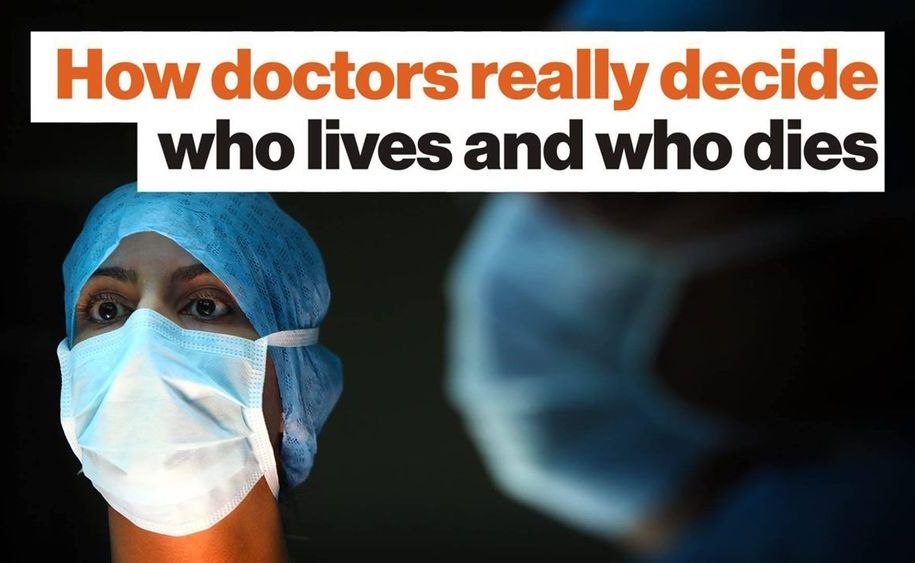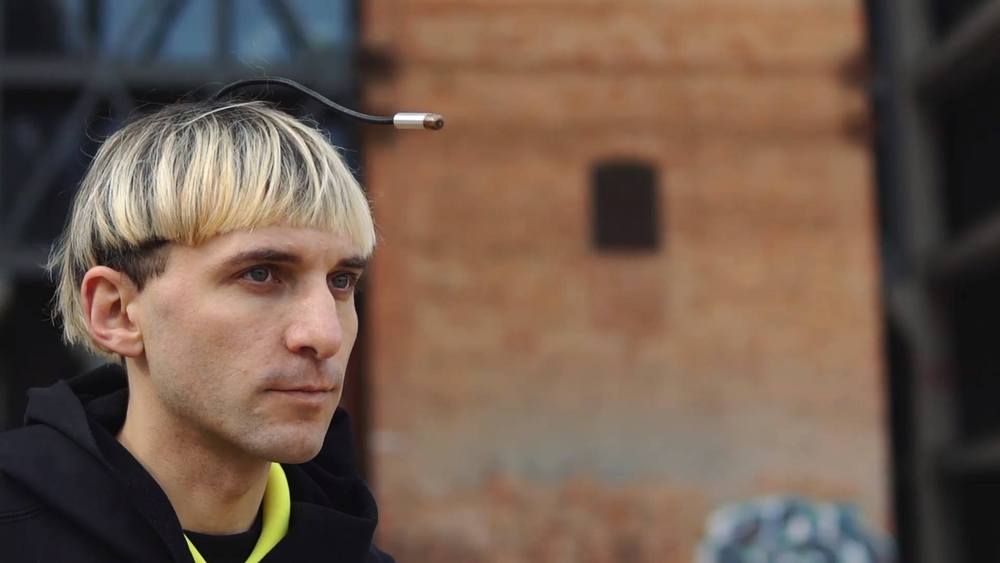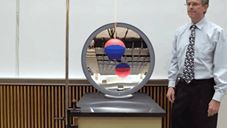Jul 14, 2019
Dr. Michael Fossel: Compassion is the reason to reverse aging!
Posted by Paul Battista in categories: biotech/medical, cryonics, life extension, singularity, transhumanism
An excellent interview. Fossel and Aubrey de Grey of the SENS Foundation are in disagreement about telomerase.
https://www.singularityweblog.com/michael-fossel/
Continue reading “Dr. Michael Fossel: Compassion is the reason to reverse aging!” »


















